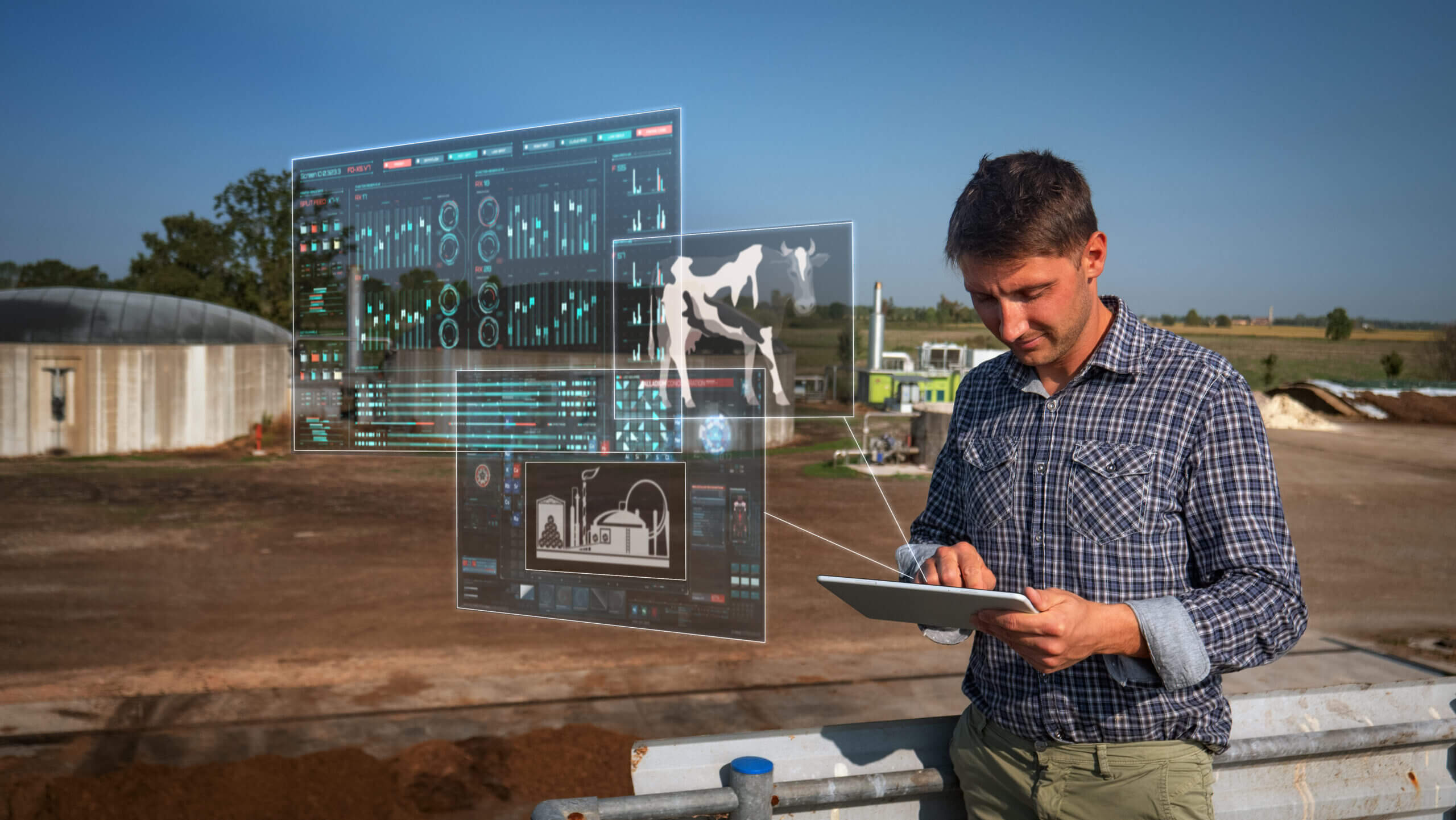Over the last century, the tractor, for example, has changed agriculture from a human-and horse-powered sector to a mechanized industry. If agriculture is any indicator, other businesses in the automation process will certainly benefit from higher productivity and margins, both of which will raise their returns on invested capital over time.
The tractor is an excellent indicator of the extent of automation in the agricultural economy. The tractor’s adoption followed the conventional S-curve, as seen below. While displacing horses and mules, it reached an inflexion point in the 20-25 per cent range in 1940 and settled off at 80 per cent in 1969 within 30 years.
Farm production grew tremendously as a result of the tractor. Total agricultural productivity nearly quadrupled between 1950 and 2015, but employment fell by more than two-thirds. Automation not only boosted farm operating leverage but also increased return on capital. It is worth noting that as the number of horses grew, they consumed the equivalent of 22% of farm crops.
Tractors, powered by another energy source, enhanced worker productivity and freed up more of the food grown on fields for sale. As an intermediate item, energy accounted for only 3% of overall agricultural output in 2015.
On a microeconomic level, improved automation productivity can benefit many constituencies in a variety of ways, including some combination of the four: Wages can rise, which benefits employees. Prices can decline, which will benefit all customers.
Corporate margins can increase, which benefits both corporations and stockholders. Investment may rise, helping any or all of the groups mentioned above in the future.
However, one tendency emerges on a macroeconomic level: labour share, or wages as a percentage of revenue, diminishes as automation grows. For example, between 1950 and 2015, labour’s portion of farm income fell from about 70% to less than 10%.
Surprisingly, while farm or microeconomic real wages climbed, especially when “free” family labour gave way to paid labour, agricultural productivity increased faster than labour income.
In other words, while automation –tractors –increased productivity, labour as a percentage of expenses decreased, increasing operating margins. Although agricultural productivity has improved over the last century, the US economy is still in the early phases of automation, which might raise operating margins across many, if not most, businesses.
If this is the case, the equity markets will revalue these industries.

